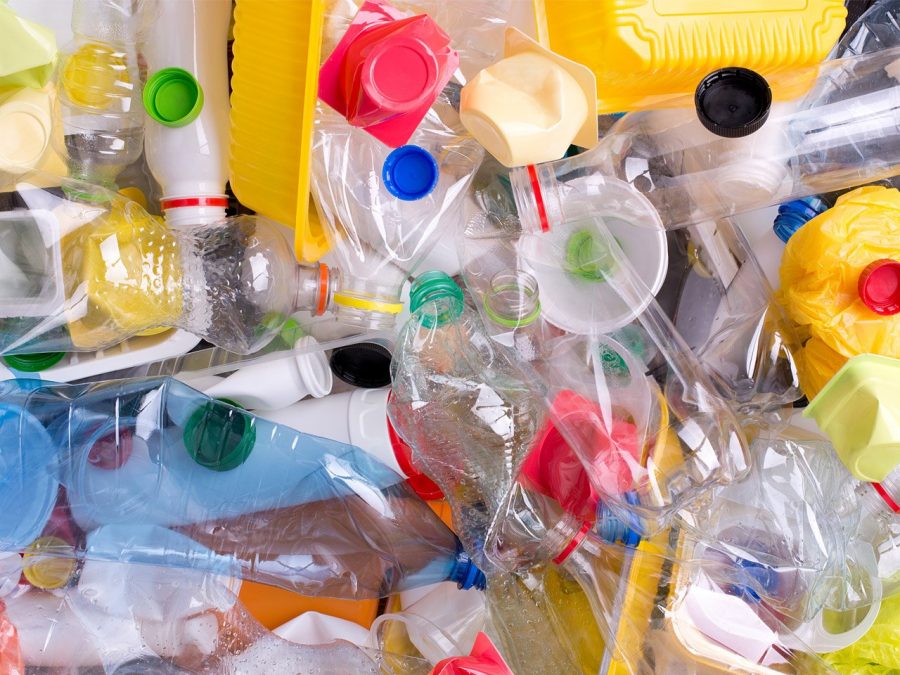Don’t Be Trashy: A Plastic Problem
November 2, 2018
While living in such a fast paced world, it can be easy to forget the environment and how we affect it every day. When going through the drive through, most don’t think about where their styrofoam cups, straws, and plastic forks will end up after they’re thrown away. Now more than ever, it is important to do everything we can to protect the earth for future generations.
Plastic packaging can leach harmful chemicals into the foods and drinks it packaged in it. After use, plastic is broken up by sunlight and abrasion into microplastics which can be ingested by marine animals, causing impaction in their digestive systems. A very recent study also found that people are ingesting small amounts of microplastics, although it is unknown if there are any long ill term effects from this. Scientists estimate that it takes plastic 450 years to an indefinite amount of time to break down into organic compounds. The straw someone uses for 10 minutes will be on the earth longer than they are. Overall, plastic is a toxic substance that takes an amazingly long time to break down.
Plastic is produced and used at an exponential rate. From 1950 to 2015, world plastic production has increased from 2.3 million tons to 448 million tons. 500 million plastic straws are thrown away in America every day. Almost 1 million plastic drink bottles are purchased every minute in the world. Yet only 10 percent of the United States’ plastics are recycled. The earth has a huge plastic problem.
There are many changes we as individuals can make to help reduce our impact on the environment due to plastics.
Switching to Reusable
Replace disposable items and use in their place products that can be used over and over again. This could be using a metal fork in place of a plastic disposable one, using a reusable water bottle, or foregoing lunch baggies for reusable containers. Switching from disposable to reusable is a simple thing to do that eliminates a huge amount of plastic waste.
Less is More
Try to purchase products with minimal plastic packaging or none at all. When buying groceries, buy fresh fruits and veggies instead of their processed, packaged counterparts. If looking to buy shampoo or face wash, look for companies with no bottle, a refillable bottle, or a recyclable option. Companies are even making shampoo and conditioner bars that are used like a bar of soap and require no plastic packaging.
No Thanks!
Refusing unnecessary disposable plastic can help reduce plastic use and requires minimal effort. Some examples of this are refusing a plastic straw at a restaurant or opting to carry groceries out without a plastic bag and using a reusable one in its place. Some of the items we toss in the trash every day are not necessary and easy to say goodbye to.
Recycle
When all else fails, recycle. Although recycling programs are imperfect and not the best solution to the plastic problem, recycling is a better alternative to being in a landfill. Abilene’s city recycling programs accept number 1 and number 2 plastics at its drop off centers. Number 1 and number 2 plastics are rigid plastics that water bottles and some other containers are made of. A little 1 or 2 on the bottoms of containers can help clarify if the plastic is recyclable. The nearest drop off location to the high school is near the intersection of Rebecca Lane and Buffalo Gap Road. It is also possible to recycle plastic bags at some stores like Target and Walmart although the city drop off locations do not have this option.
For further information on plastics and the environment please visit nationalgeographic.com
Much of this information came from National Geographic.
